|
The use of social media presents risks that can be reduced by implementing a social media policy and other means (see practice note: Social Media Corporate Policy). As social media can generate significant brand awareness and interest in a business, businesses should consider how to use social media to protect their brands.
Social Media Risks
Risks
The risks of social media use include the following:
- reducing employee productivity;
- creating a haven for cyberbullying;
- enabling an online "vent" site for illegal, defamatory or other offensive statements by employees or others;
- providing an outlet for disclosure of confidential or commercially sensitive information, knowhow and other proprietary and personal data;
- infringing third-party intellectual property rights or other rights;
- increasing the chance of lost password details, with broader information security implications;
- permitting inappropriate or indiscriminate use of trademarks that may dilute a brand; and
- permitting competitors to:
- compare or make disparaging claims about a business' products or services; or
- make unsubstantiated claims or engage in other sharp practices regarding their own products or services.
Tips for Reducing Risks
To reduce social media risks, a business should:
- establish a strategy to minimize the potential effect of social media risks materializing; and
- ensure that employment contracts incorporate the business policies regarding confidential information, privacy and the use of social media, both during employment and for a reasonable period post-employment.
A business should also adopt a social media policy (see practice note: Social Media Corporate Policy) for all employees specifying the appropriate use of social media and the consequences of employees making negative statements about the business, including disciplinary actions and actions in defamation (see practice notes: Defamation and Social Media and Social Media and Disciplinary Measures for Employees). The social media policy should specify that:
- the reputation of the business may suffer if employees make disparaging remarks about it or its customers online;
- employees must distinguish their personal views from the views of the business, including by using disclaimers on personal blogs; and
- employees must utilize privacy settings on their social media accounts to restrict viewers, since comments are otherwise available to the public.
Social Media and Brand Protection
Brand Protection Generally
Social media can generate widespread brand awareness, but competitors, employees and others can also use social media to a brand's detriment. The detriment is compounded if several social media sites are used and comments are searchable on the internet. To protect a brand, a business should monitor social media sites to determine:
- what is being said online about the business, its products and services; and
- what marketing practices its competitors are using
A business should also formulate and maintain the following:
- policies regarding confidentiality, social media use and data protection; and
- a brand protection strategy incorporating input from the business' public relations, marketing and legal departments and key stakeholders outlining:
- how to deal with external threats to the brand; and
- improper marketing practices by competitors.
Brand Protection Crises
In a brand protection crisis, social media can be used to provide an instant response either to a wide readership or to specific strategic targets. A business should consider the following:
- which social media should form part of the brand protection strategy;
- how and by whom a response should be handled; and
- whether a response should require approval by the legal department.
Depending on the nature and gravity of the crisis, and the size and the power of its brand, a business may respond by:
- using the same media in which the most detrimental publicity against it appeared;
- addressing its established online community through the same media in which the community generally receives branded communications;
- launching an online offensive through several forms of social media to reach a broad audience; or
- saying nothing if the business believes that the statement maker has little credibility or if it views all publicity (positive and negative) as helpful for brand awareness.
< Back to Home
|



